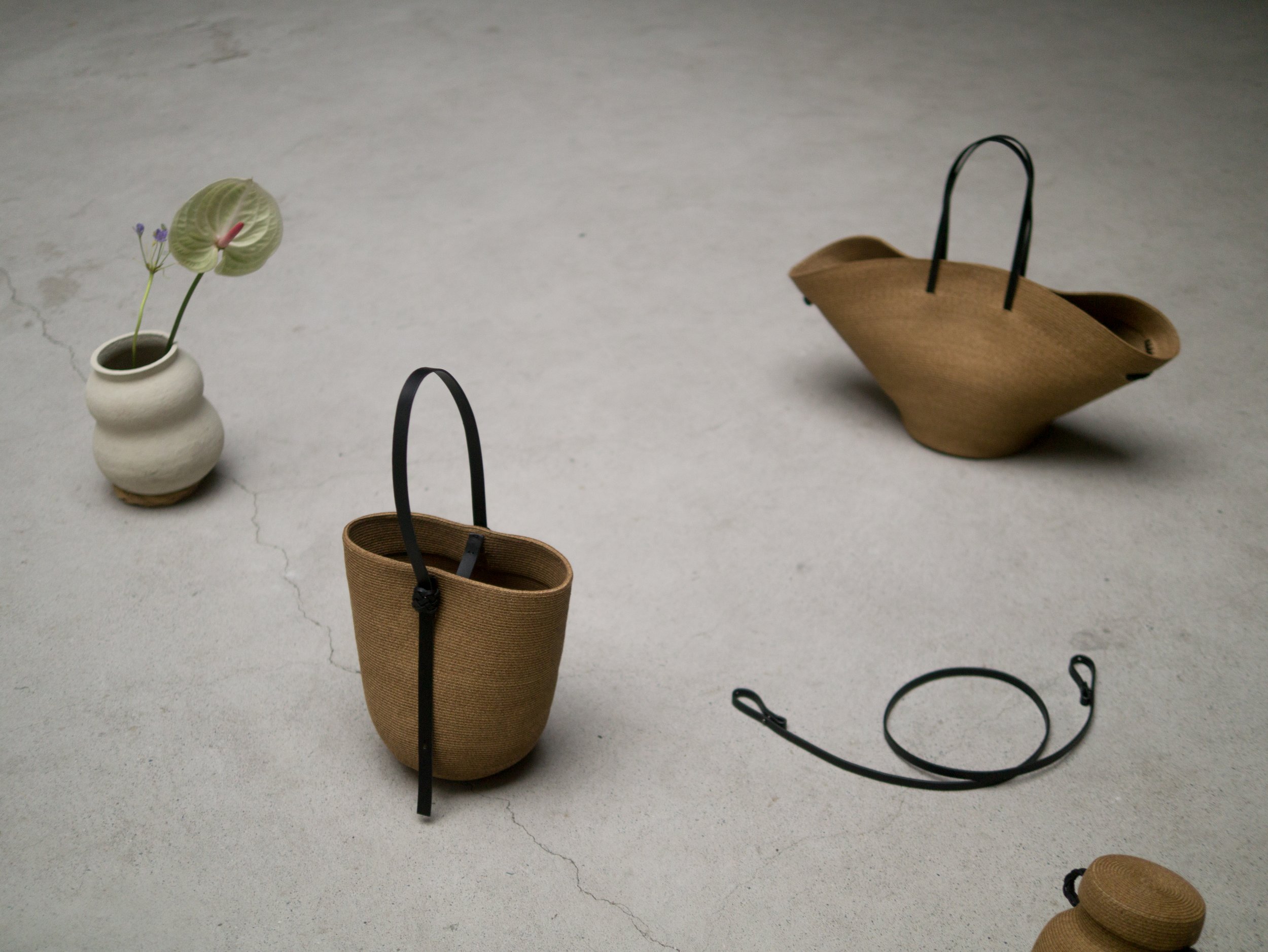SS22 Archetype — Preface
“If a tree falls in a forest and no one is around to hear it, does it still make a sound?”
“History comes from the one who wrote it. People and objects that have not been observed may be seen as non-existent.”
We started Kamaro’an in 2013, with a desire to dig the pangcah tribe culture deep and develop life-long objects that are handwoven locally. The name “Kamaro’an” originates from pangcah, which means “the place to live”. Pangcah is one of the indigenous ethnicities in eastern Taiwan.
In the gap year of 2020, when all the ongoing things were literally stopped globally, we took a long time to walk thoroughly and slowly in Hualien and Taitung, the place where most pangcah tribes are located.
This was triggered by the philosophical question of “if a tree falls in the forest”. We recorded dozens of folk artifacts that are ordinary and everyday-used, to answer the cultural existence question, and to discuss the cultural philosophies that are deeply rooted here. The folk objects reflect real lived life, and the forms condensed the usage preference of everyone on this land.
We use a new collection “Archetype” to deliver the recorded artifacts neutrally. With no cultural interpretation or statements, but let people feel the forms and imagine the life meaning behind them.
The archetypes that are used in the collection are the gourd, shrimp trap, water urn, and harvest basket.
The archetypes are a common memory for the people living on this land and silently reflect the habitus and environment, both socially and naturally, of the ethnicity.
For instance, during the recording process, we found that while the gourd is used as a water bottle and seed storage - the oval bottom, double-layered belly, and woven handles - affected the shapes of pottery and rattan ware as well.
“Objects and philosophy in life are often connected, in the end.”
We use weaving baskets to imitate the archetype objects and unglazed vessels to deliver the archetyped components. We use clean forms and pure texture to render the eternity of time and space, and to create an independent expression context.
This process was like an abstract sketch. The minimalist basket lines and unspecified vessels are like shadows, projecting the idea that we would like to convey - among functionality, the reason for people to really rely on objects is not to meet the various needs, but a worthy of belief in the discourse of life. When we thoroughly practice it in our daily life, all artifacts then have reasons to be reborn and revalued, and so is culture.
“Speaking of inheriting traditional indigenous culture, it is not to reproduce retro life, but to continue the philosophy regarding life and the environment.”
“It is the philosophy that drives each culture being one and only.”
A tribe is an early petite unit of the community, most of the time a community expands to city, kingdom, empire, and then globalization.
The world is slowly becoming homogeneous. People within share the same modern system, and chase the same universal value.
Luckily we still have a small number of tribes that exist, living with unique and long-lasting philosophies, and keep accumulating their own ethnic knowledge.
It inspires us to look back to the uniqueness of each culture, and the pure form and timeless essence that living and objects could be.
Kamaro’an
Kamaro’an, a petite team of industrial designers, indigenous researchers and craftsmen, our objects are in-house handwoven.













